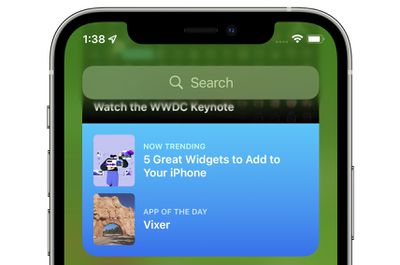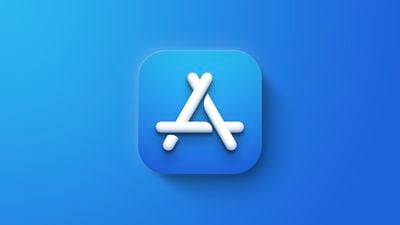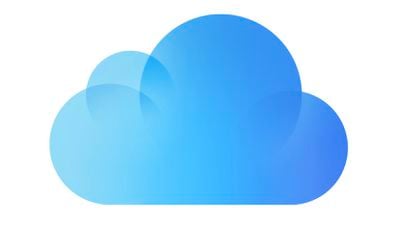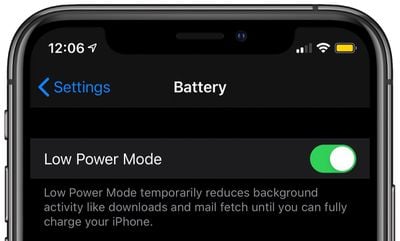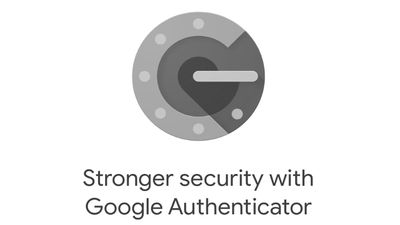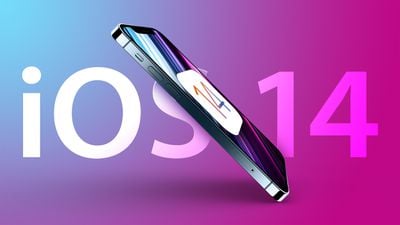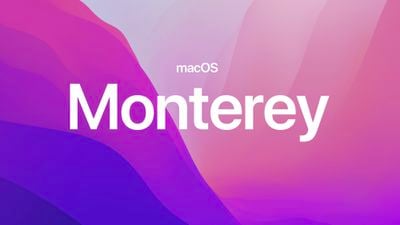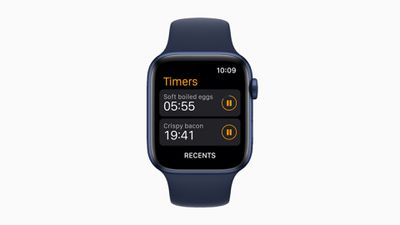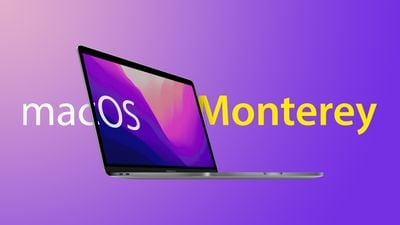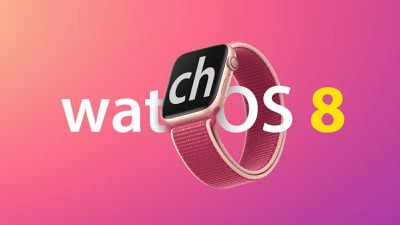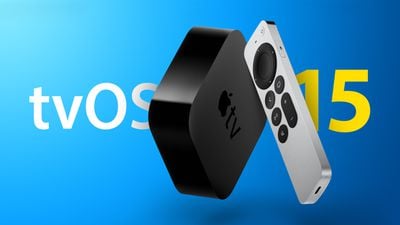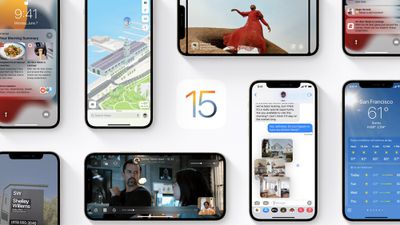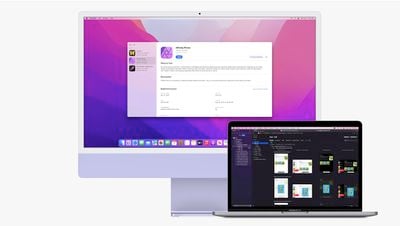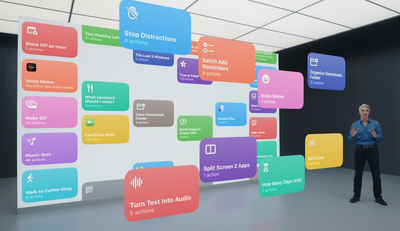Apple today previewed new privacy protections coming in iOS 15, iPadOS 15, macOS Monterey, and watchOS 8. The software updates are available in beta for developers starting today and will be publicly released later this year.
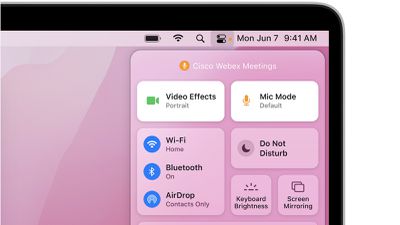
First, a new App Privacy Report feature will let users see how often apps have used the permission they've previously granted to access their location, photos, camera, microphone, and contacts during the past seven days. Users can also find out with whom their data may be shared by seeing all the third-party domains an app is contacting.
App Privacy Report will arrive as part of a future software update to iOS 15, iPadOS 15, and watchOS 8 later this year.
Second, a new Hide My Email feature will provide users with access to unique, random iCloud email addresses that forward emails to their personal inbox anytime they wish to keep their personal email address private. Hide My Email will debut in the Mail app as part of a future update to iOS 15, iPadOS 15, macOS Monterey, and iCloud.com, and it will enable users to create and delete as many email addresses as needed at any time.
Apple has introduced a new iCloud+ subscription plan that combines Apple's existing iCloud storage tiers with privacy features such as Hide My Email, iCloud Private Relay, and expanded HomeKit Secure Video support, at no additional cost.
Private Relay is a new VPN-like service that's built right into iCloud, allowing users to connect to and browse the web in a more secure and private way. When browsing in Safari on Apple devices, Private Relay will ensure all traffic leaving the device is encrypted.
Apple on Private Relay:
All the user's requests are then sent through two separate internet relays. The first assigns the user an anonymous IP address that maps to their region but not their actual location. The second decrypts the web address they want to visit and forwards them to their destination. This separation of information protects the user's privacy because no single entity can identify both who a user is and which sites they visit.
iCloud+ expands built-in support for HomeKit Secure Video, allowing for unlimited cameras:
- 50GB of iCloud storage with one HomeKit Secure Video camera for $0.99 per month
- 200GB of iCloud storage with up to five HomeKit Secure Video cameras for $2.99 per month
- 2TB of iCloud storage with an unlimited number of HomeKit Secure Video cameras for $9.99 per month
Next up is Siri, which is moving to on-device speech recognition with iOS 15 and iPadOS 15, meaning the audio of users' requests is processed right on their iPhone or iPad by default. For many requests, Siri processing is also moving on device, enabling requests to be processed without an internet connection, such as launching apps, setting timers and alarms, changing settings, or controlling music.
Since the release of iOS 14, an iPhone displays a green or orange dot in the status bar when an app is using the device's camera or microphone, respectively. Now, starting with macOS Monterey, users can also see which apps have access to their Mac's microphone in Control Center. A new software indicator augments the camera indicator light by showing you whenever an app has access to the microphone. This complements the hardware-based green light that appears next to a Mac's webcam when it is active.
Other new privacy features outlined by Apple:
- With share current location, users can easily share their current location with an app just once, without giving the developer further access after that session. Developers can customize the share current location button, and integrate it directly into their apps.
- With enhanced Photos limited library access, developers can offer smart functionality — like a recent photos folder for specific albums — even when a user has only granted limited access.
- With secure paste, developers can let users paste from a different app without having access to what was copied until the user takes action to paste it into their app. When developers use secure paste, users will be able to paste without being alerted via the pasteboard transparency notification, helping give them peace of mind.
These are only some of the new privacy features coming in Apple's new software updates, and we'll be highlighting others in the coming days.


